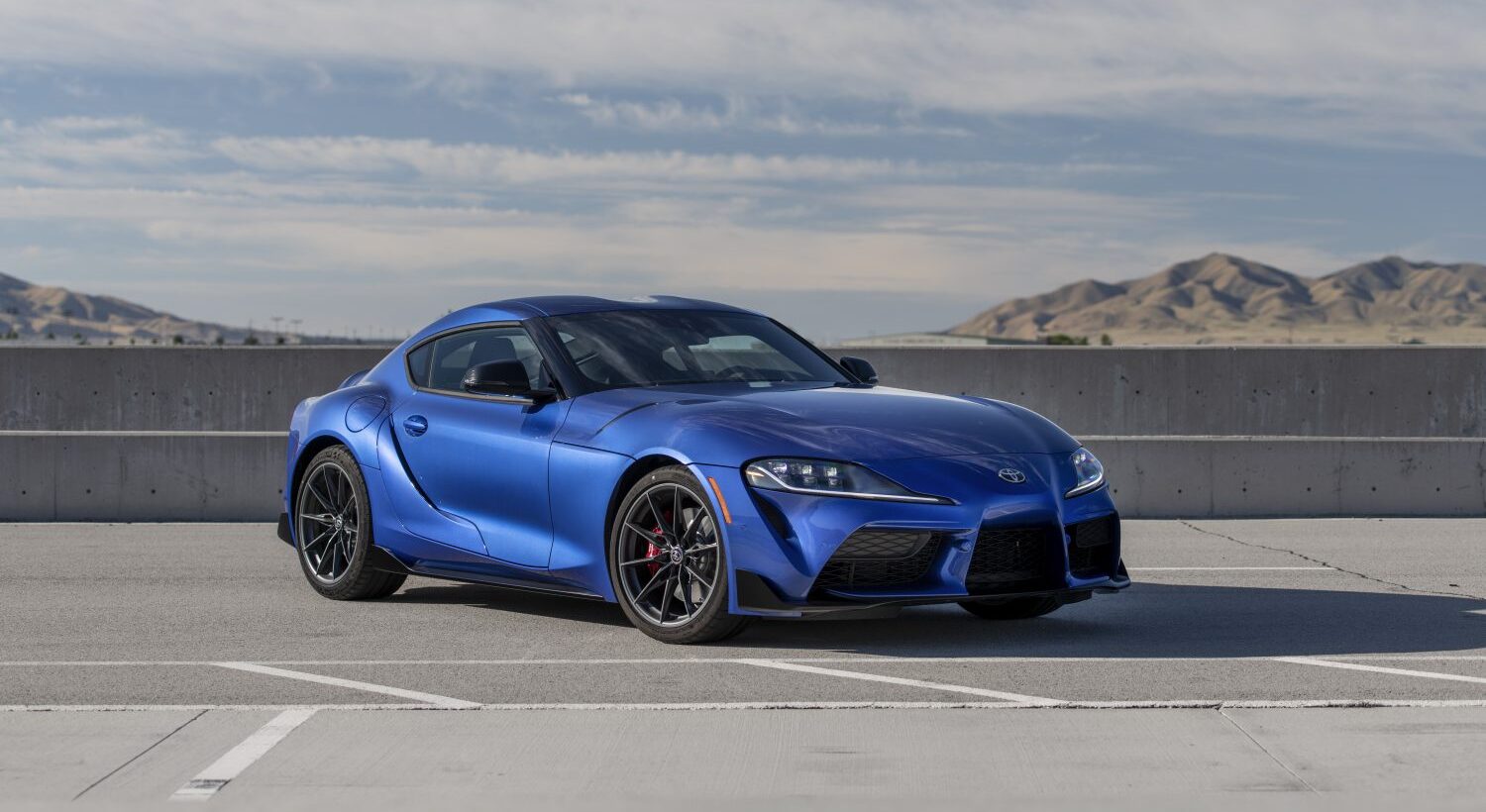
Price: $53,595
7.6 /10
Rating
Pros
- Engaging manual shifting
- Powerful turbo engine
- Precise steering feel
Cons
- Occasional tech bugs
- Tight cabin space
- Firm ride comfort
Overview: 2023 Toyota GR Supra Manual
Reviving a manual transmission in a world of automatics feels like reconnecting with an old friend—flaws and all. The six-speed stick transforms the coupe from a speedy cruiser into a driver’s tool, with crisp shifts and a steering rack that communicates every bump. During a weekend drive through winding mountain roads, the 3.0-liter turbocharged engine’s 382 horsepower never felt lacking, though wheelspin crept in when pushing hard uphill. Compared to the Porsche 718 Cayman, the Supra’s cabin feels less intimate, but its styling—especially in A91-MT trim—balances modern aggression with nostalgic curves.
Toyota tuned the suspension to prioritize fun, pairing forged aluminum wheels with an anti-roll program that keeps grip steady in sharp corners. Yet, the shock absorbers occasionally struggle with rough pavement, a trade-off for its sharp-handling character. While the BMW Z4 (its fraternal twin) leans into luxury, the GR Supra’s rawer performance and manual gearbox cater to purists. At $50–60K, it’s pricier than the Nissan Z but undercuts German rivals.
Daily usability? The six-cylinder growl is addictive, but the cabin’s snug layout and limited rear visibility test patience in traffic. On the highway, track mode quiets exhaust drones, though wind noise lingers. Rivals like the Toyota GR86 offer more practicality, but few cars in this market blend engagement and styling as boldly. For drivers craving manual thrills without sacrificing modern tech, it’s a bargain—if you forgive its quirks.
What's New in the 2023 Toyota GR Supra Manual?
Finally, a proper six-speed manual arrives, answering enthusiast outcries with a revised transmission that clicks into gear confidently—no vague rubbery shifts here. During a backroad sprint, the A91-MT edition’s tuning shone, pairing the 3.0-liter turbocharged engine with a lighter flywheel for quicker rev-matching. Yet, the pedal placement crowds size-12 shoes, a quirk I noticed while heel-toeing through Hairpin+ turns. New matte white paint and two-tone interior options (goodbye, brown-and-black!) modernize the cabin, though the BMW-sourced infotainment still feels like a guest in Toyota’s house.
Toyota tweaked the suspension for sharper steering response, reducing understeer when pushing hard into corners. Compared to the softer Toyota Camry TRD, the GR Supra ultra-tight setup trades daily comfort for control—a fair deal for weekend warriors. The no-cost manual option sweetens the deal, but skip the gray interior unless you enjoy wiping fingerprints. While rivals offer more storage, the 2023 updates prove Toyota listens, even if the rear visibility still requires yoga-level neck twists.
Pricing, Trim Levels, and Best Choice
Navigating the trim levels is easier than you’d expect: the base 3.0 model starts at $53,595, while the manual transmission adds $1,500—still cheaper than going for the automatic. During a weekend track event, I’d skip the Driver’s Assist package (imagine lane-keeping assist nudging you mid-corner—annoying) and save the money. For true high-performance thrills, the six-cylinder’s acceleration makes the extra cost worth it over the four-cylinder GR Supra 2.0 ($44,635), which simply doesn’t deliver the same excitement.
Toyota throws in a complimentary National Auto Sport Association membership, perfect for racing newbies—though squeezing into their time trials requires patience. The adaptive cruise control shines on driving trips, but skip the matte paint unless you enjoy hand-washing rituals. If your budget allows, the 3.0 manual is the no-brainer; just budget for blind-spot monitoring if daily commutes outweigh track days.
Powertrain, Transmission, and Driving Dynamics
Let’s start under the hood: the 3.0-liter turbocharged inline-six delivers 382 horsepower, launching from 0 to 60 mph in 4.2 seconds with the six-speed manual—slightly slower than the eight-speed automatic but far more engaging. During a track session, rowing through gears felt intuitive, though the steering’s direct feedback outshines the Porsche Cayman GTS’s clinical precision. On a rainy daily drive, rear-wheel grip remained confident, but avoid snow unless you enjoy practicing braking drills mid-commute.
The manual’s nicely weighted shifter pairs well with the engine’s brisk personality, though heel-toe downshifts require practice—my first attempt felt like fumbling a guitar solo. Compared to the BMW Z4 (its German cousin), the suspension trades plushness for razor-sharp responses, rewarding fun-to-drive enthusiasm over pothole forgiveness. While the automatic model hits 60 mph in 3.9 seconds, purists will prefer the manual’s tactile acceleration, even if traffic jams test your clutch leg.
Fuel Efficiency and Driving Range
Balancing a turbocharged six-cylinder with practicality isn’t easy, but the 3.0 manual delivers exactly its EPA rating: 22 mpg city and 32 highway. During a 75-mph highway stretch, I averaged 29 mpg, slightly beating the official figure, though spirited backroad driving quickly dropped it to 18 mpg. Compared to the four-cylinder GR Supra 2.0 (33 mpg highway), the powerful variant trades frugality for growl, but it still outshines rivals like the Camaro SS (19 mpg).
The automatic transmission edges ahead in fuel economy, yet the manual’s engagement makes the trade-off worthwhile for weekend drives. If you’re cross-shopping, the Porsche Cayman T (26 mpg) offers similar thrills with marginally better fuel efficiency but lacks the Toyota’s low-end torque. Just don’t expect hybrid-level numbers—this is a turbo engine built for grins, not green ratings.
Premium Interior and Comfort
Settling into the cockpit, the leather-trimmed seats with aggressive bolsters hug you during spirited drives—though my passenger joked they’re “aspirational” for broader shoulders. The BMW-sourced iDrive system works smoothly, but its menu layout feels less straightforward than Toyota’s usual user-friendly approach. On a three-hour highway trip, road noise grew noticeable at max speed, though the exhaust’s burbles in Sport mode distracted me pleasantly. Compared to the Porsche 718 Cayman, the cabin offers slightly more spaciousness, but rear access remains a contortionist’s workout.
Toyota’s perforated seats aid breathability, yet the climate control’s dual zones struggled against summer heat during a stop-and-go commute. While the GR Supra’s materials quality rivals the BMW M2, the doors lack padded armrests—a nitpick on rough roads. Daily driving comfort leans firm, but those vertical movements smooth out once you’re carving twisties, not commuting.
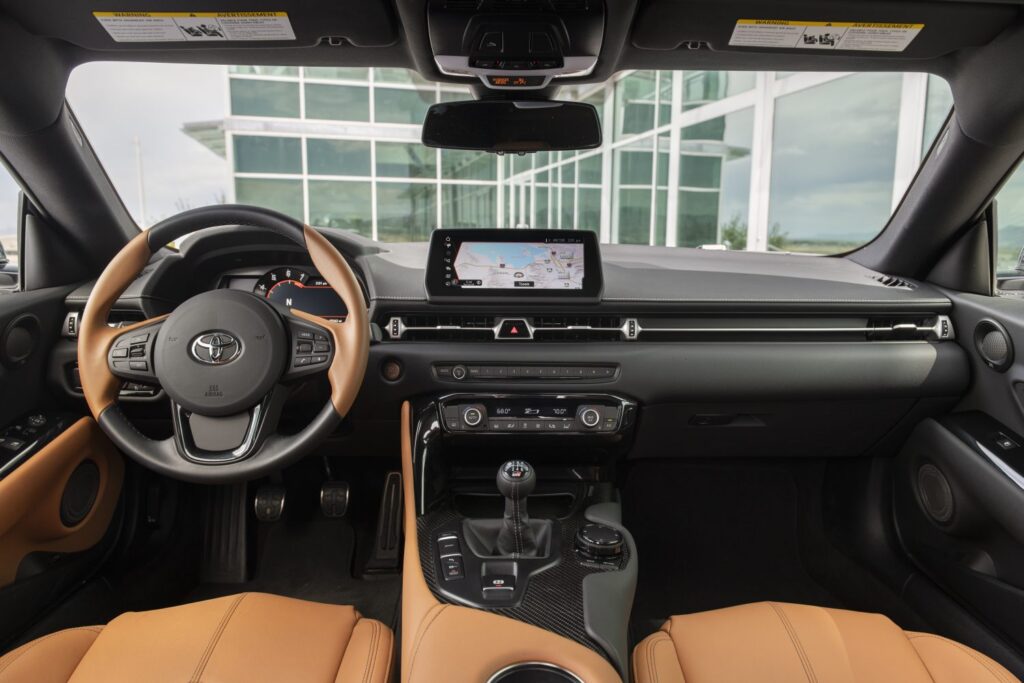
Cargo Space and Practicality
Packing for a weekend trip? The trunk fits two suitcases snugly—a win for sports cars, though the 10.2 cubic feet of cargo space pales next to the Porsche Cayman’s frunk-and-trunk combo. During a road trip, the door pockets and armrest bin held phones and small items, but the wireless charging pad’s placement interferes with shifting gears—a quirk I noticed while grabbing my coffee. Compared to the BMW M2, rear storage feels equally compromised, though the pass-through behind the seats helps with longer items like skis. Toyota’s cupholders work for drinks, yet their location near the shifter risks elbow battles. The glovebox fits manuals and a device, but skip bulky bags—the cabin prioritizes driving focus over hauling. For daily errands, it’s adequate; for Costco runs, maybe borrow a friend’s SUV.
Infotainment, Connectivity, and Smart Tech
The infotainment system leans on BMW’s iDrive DNA, offering crisp graphics and wireless Apple CarPlay/Android Auto—though the USB-C port placement awkwardly crowds the shifter. During a test drive, the 12-speaker audio delivered crisp mids, but bass fullness lagged behind the optional premium setups in rivals. Voice commands handle basic navigation or climate control but stumble over specific phrases like “find EV charging stations ahead.”
While the adaptive cruise control works smoothly, the lane-keeping assist jerks the wheel near highway crossings, feeling more like a backseat driver than a helpful assistant. The wireless charger’s shallow gap lets phones slide during spirited turns, and the navigation occasionally stops updating traffic in rural areas. For most, it’s fine, but tech upgrades here feel incremental, not groundbreaking.
Safety and Driving Support
Prioritizing safety in a sports car isn’t easy, but the coupe includes standard automated emergency braking, pedestrian detection, and lane-departure warning—features that intervened smoothly during a sudden stop in city traffic. The adaptive cruise control (part of the optional Driver’s Assist package) maintains distance confidently, though its lane-keeping nudges feel abrupt on winding roads. While the Toyota lineup’s blind-spot monitoring is absent here, the automatic high beams work flawlessly. For crash-test results, you’ll need to visit the IIHS or NHTSA websites, as ratings aren’t finalized yet.
Key features:
✅ Standard automated braking with pedestrian detection adds critical urban safety.
✅ Optional adaptive cruise balances highway ease with occasional overcorrection.
✅ No IIHS or NHTSA crash-test ratings available at launch.
Toyota's Warranty and Maintenance Plan
Ownership peace of mind starts with Toyota’s three-year/36,000-mile basic warranty and five-year/60,000-mile powertrain coverage, matching most rivals but falling short of Hyundai’s 10-year promise. The complimentary scheduled maintenance covers two years or 25,000 miles—helpful for oil changes and inspections, though BMW’s Z4 includes longer coverage. During my first service, dealers highlighted the limited plan’s simplicity, but enthusiasts might crave bundled track-day perks like the GR Corolla’s offer.
Key features:
✅ Basic warranty aligns with mainstream brands, not luxury benchmarks.
✅ Complimentary maintenance eases costs for two years/25,000 miles.
✅ Powertrain coverage outlasts the BMW Z4’s four-year plan.
2023 Toyota GR Supra models
Picking a trim hinges on power cravings: the 2.0-liter turbocharged four-cylinder (255 hp, 295 lb-ft) suits budget-minded drivers, while the 3.0 Premium’s 382-hp inline-six thrills with its turbocharged urgency. The A91-MT Edition exclusively pairs the six-speed manual with the 3.0-liter engine, rewarding purists with tactile shifts the eight-speed automatic can’t replicate. Shared across trims are the two-seat coupe’s sleek lines and shapely hoods, though the base model’s lighter front end is nimbler in tight corners.
| Trim Level | Features |
|---|---|
| GR Supra 2.0 |
|
| GR Supra 3.0 |
|
| GR Supra 3.0 Premium |
|
| GR Supra A91-MT Edition |
|
| Safety & Technology Package (Manual, 3.0 only) |
|
| Safety & Technology Package (Automatic, 2.0 & 3.0) |
|
| Driver Assist Package (Manual, 3.0 Premium & A91-MT) |
|
| Driver Assist Package (Automatic, 3.0 Premium) |
|
Gallery:
Images sourced from Toyota Newsroom.


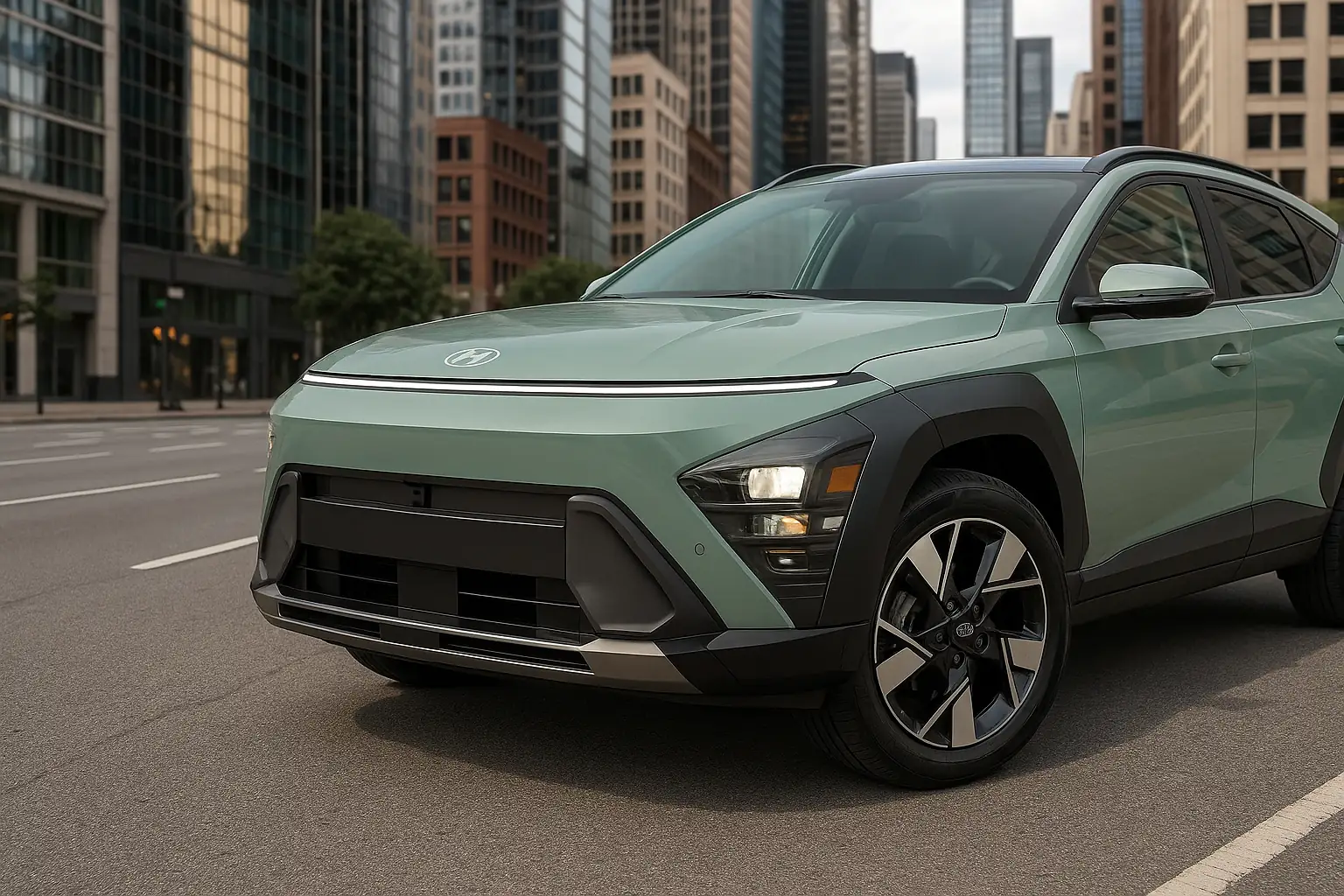
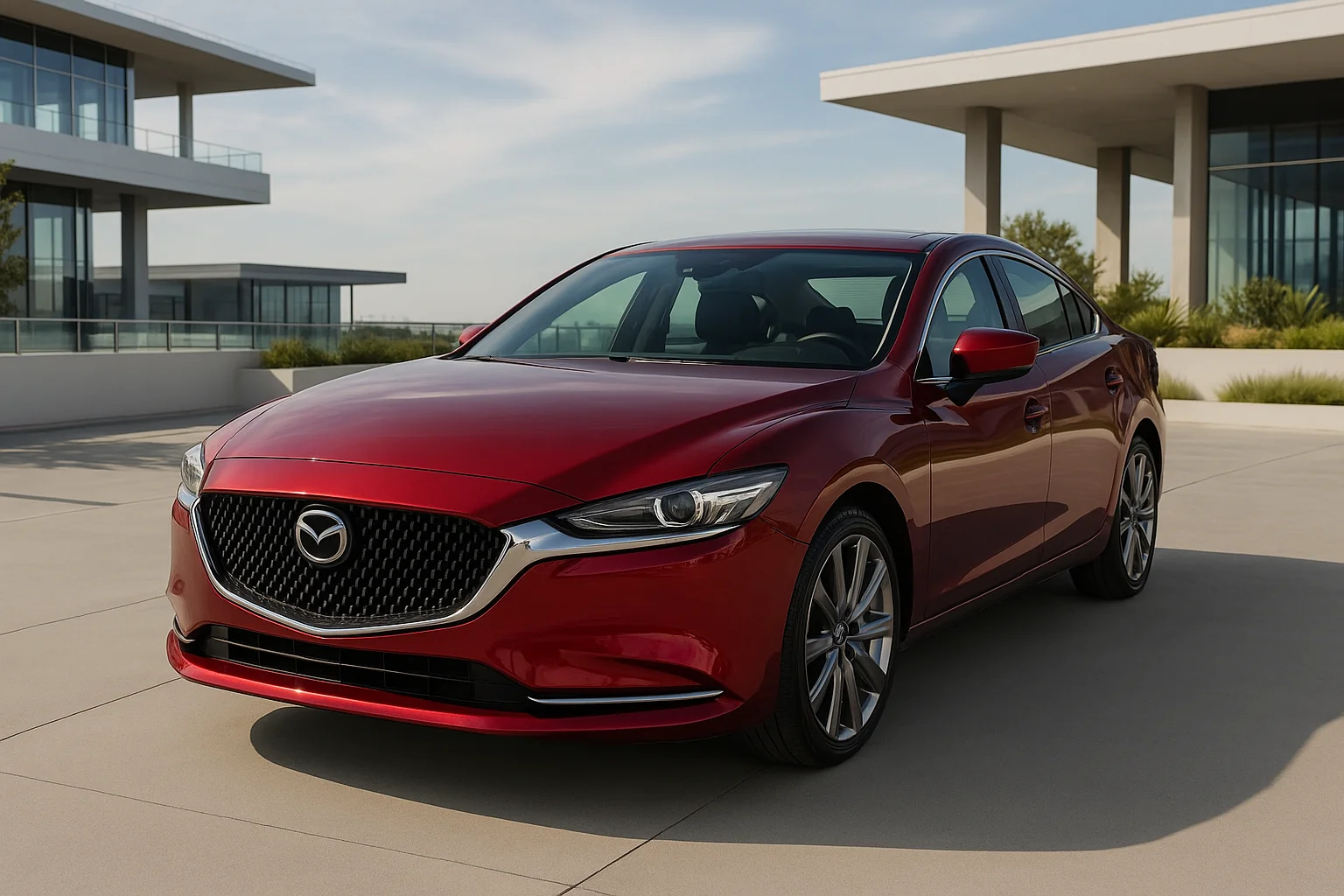
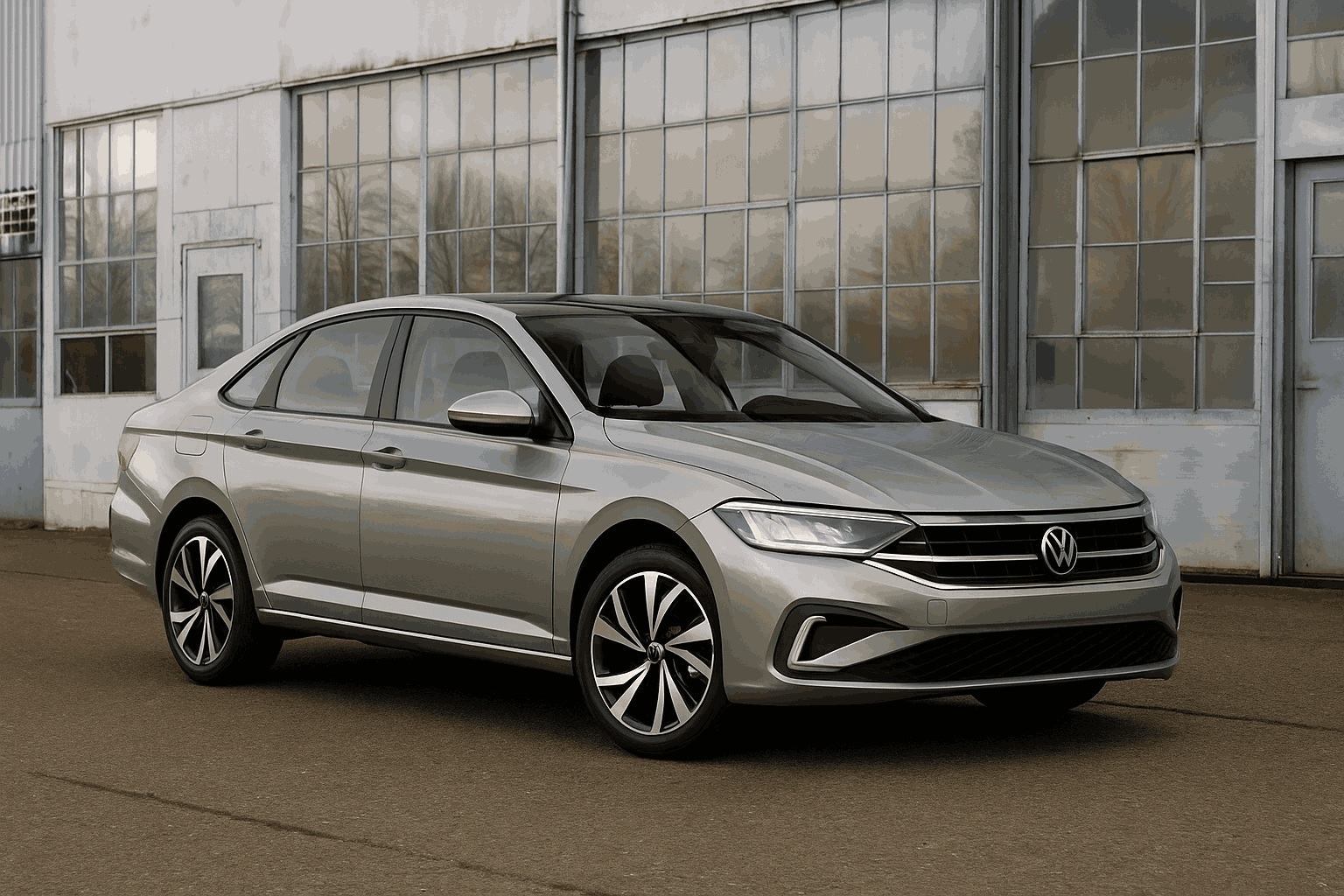
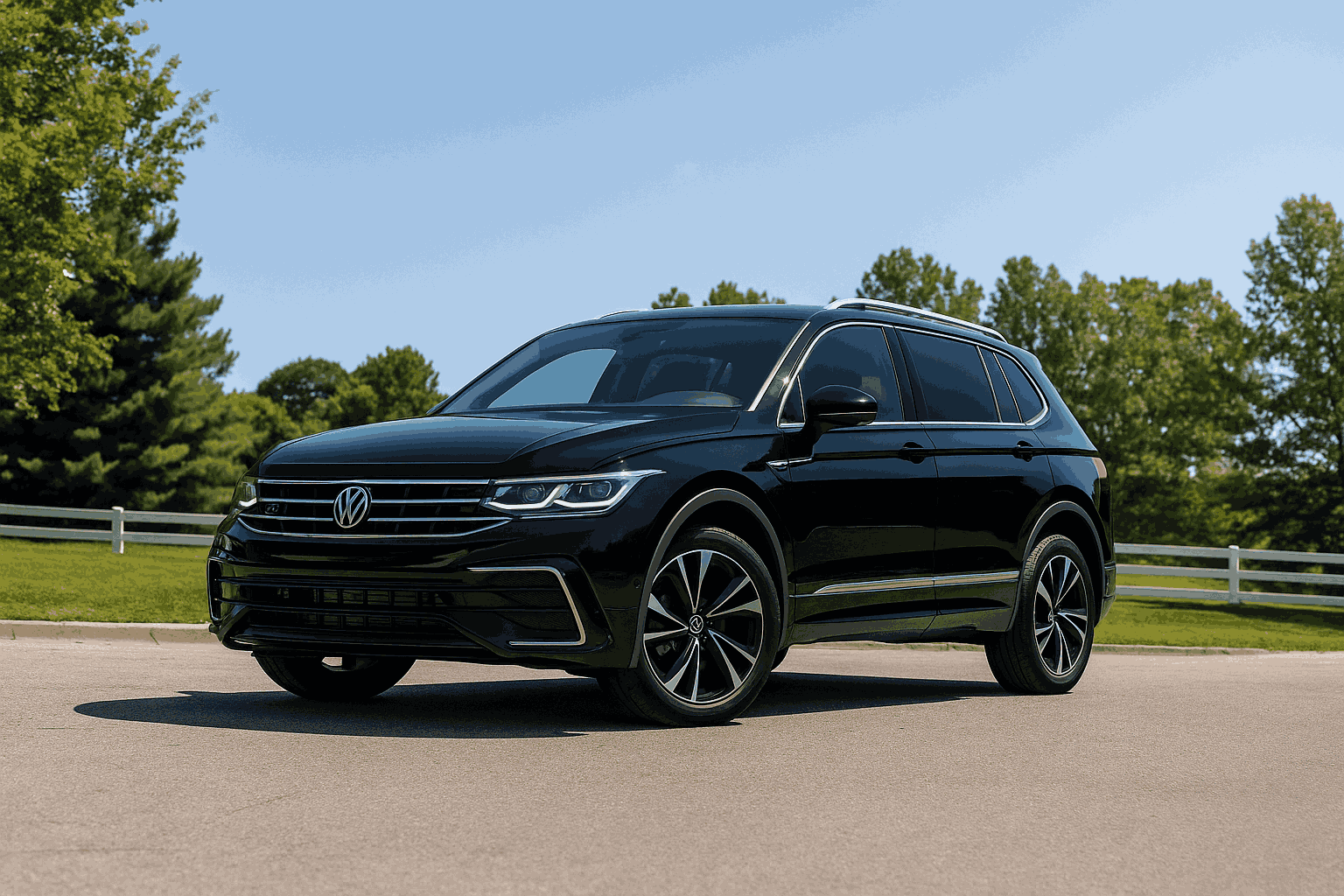
This Post Has 2 Comments
Pingback: 2024 Acura Integra Type S Review: 320 HP Thrills Unleashed
Pingback: 2023 Lexus IS 500 Review: Thrilling V8, Refined Comfort